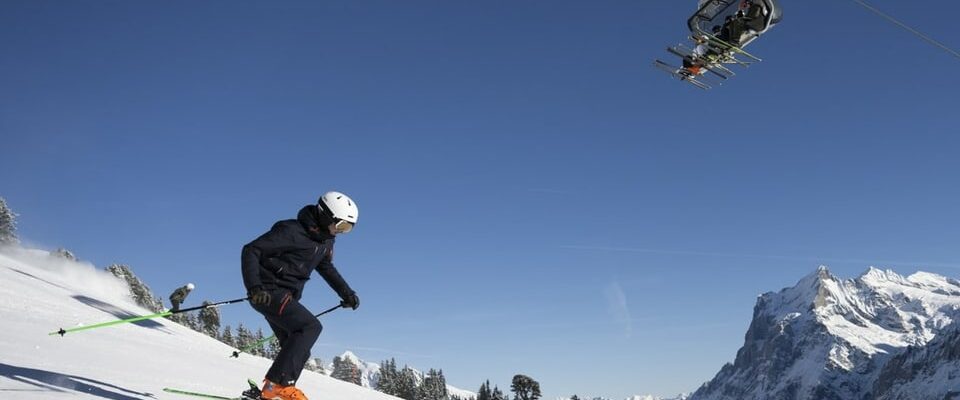contents
A success, says the cable car industry, an opaque rip-off method, criticized by consumer protection. A balance sheet.
If you want to go skiing or snowboarding in Gstaad in the Bernese Oberland, for example, you don’t always pay the same price for a day pass. Gstaad has been using dynamic prices for four years. An algorithm calculates how much a ticket costs based on various parameters such as calendar day, time of booking, occupancy or the forecast weather.
The price range for a day ticket starts at 49 francs and goes up to a maximum of 79 francs. Before the introduction of “dynamic pricing”, a day ticket cost a fixed 65 francs.
Accusation: Hidden price increase
The Consumer Protection Foundation has always criticized this price setting, which is incomprehensible to customers. The whole thing has only one goal: to achieve hidden additional income. «Dynamic prices are, on average, a price increase and an opaque lottery. People are fooled into believing that they can hit the jackpot if they book in the right place and at the right time, but in reality you’re taking more money out of people’s pockets,” says Sara Stalder, Executive Director of the Consumer Protection Foundation .
A family that already knows when they are going on a ski holiday can benefit from the early booking discount, which can be over 20 percent
“That’s not true,” replies Serge Grand, who works as Ski Director at Ticketcorner. Ticketcorner helped design the “Dynamic Pricing” system and works with various ski areas, including Gstaad. “A customer can, for example, buy cheaper tickets during the week. Or a family that already knows when they are going on a ski holiday can benefit from the early booking discount, which can be over 20 percent.”
It turns out that a dynamic price model can earn additional income.
Philipp Lütolf is a lecturer and project manager at the Lucerne University of Applied Sciences and Arts. Two years ago, he examined the effects of dynamic prices on Swiss mountain railways in an extensive study based on 65 ski areas. “It shows that a dynamic price model can earn additional income.” There are two ways to generate more sales: “Either you have more guests or you ask for more per guest,” says Lütolf. In the case of “dynamic pricing”, the latter tends to play a role.
“Dynamic pricing”: The digitization of mountain railways
The dynamic price system is financially worthwhile, as the head of the Gstaad mountain railways confirms. However, one does not simply want to demand more from the individual guest. “The main thing is to achieve better capacity utilization in the off-season,” says Matthias In-Albon.
Thanks to the dynamic pricing system, around 18 percent more tickets could be sold and the average price increased by 20 percent, which corresponds to around 25 percent more sales.
Legend:
The dynamic pricing means one thing above all: if you book early and are lucky with the weather, you can benefit from it. Spontaneous fair-weather drivers certainly not.
KEYSTONE/Anthony Anex
And thanks to the focus on online sales, savings have been made at the tills. With “dynamic pricing”, digitization has arrived at the mountain railways.
Dynamic prices also in Austria, Germany or France
According to researcher Philipp Lütolf, around two thirds of the large Swiss ski areas rely on dynamic prices. Ascending trend. “More and more ski areas in Austria, Germany and France are also following Switzerland and relying on dynamic prices.”
For skiers and snowboarders, this means more and more that if you book early and are lucky with the weather, you can benefit from dynamic prices. Spontaneous fair-weather drivers certainly not.
